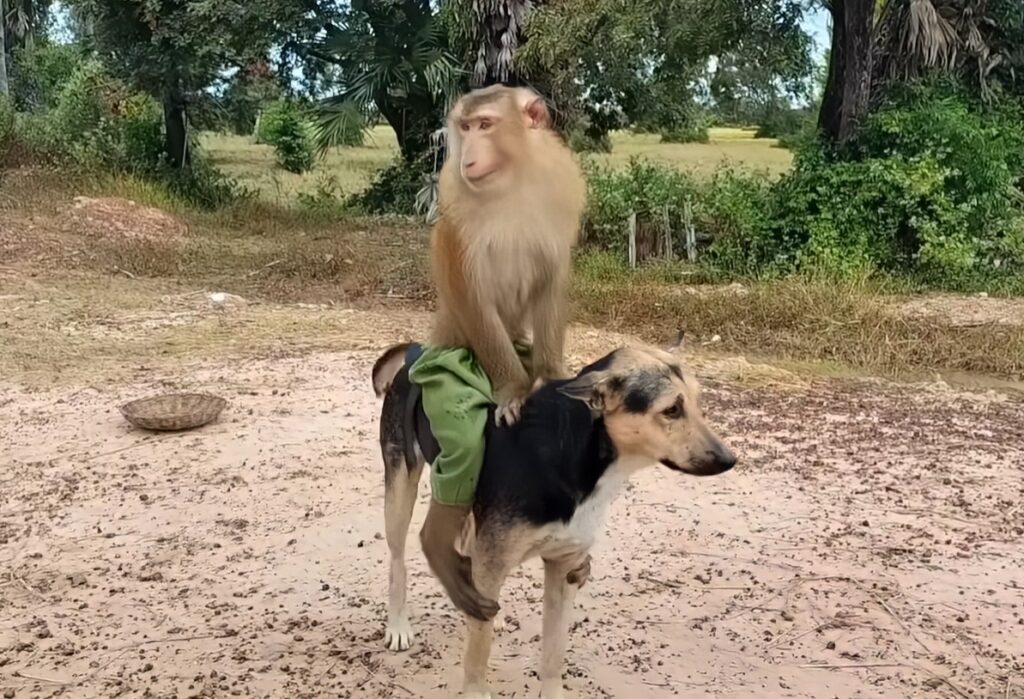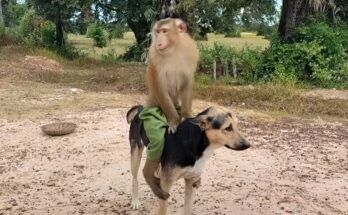Monkeys are some of the most fascinating creatures in the animal kingdom, known for their intelligence, social structures, and diverse behaviors. Their natural lives in the wild are far more intricate and captivating than many people might realize. The secret life of monkeys, often hidden behind the dense canopies of forests or the vast stretches of savannah, is a testament to their adaptability and complexity.
Monkeys, belonging to the primate family, are divided into two main categories: Old World monkeys (such as baboons and macaques) and New World monkeys (such as capuchins and howler monkeys). While there are differences in physical characteristics, habitats, and social structures, their behaviors in the wild exhibit common themes of social interaction, communication, and survival strategies.
A key aspect of monkey behavior in the wild is their strong social bonds. Most monkey species live in troops or groups, where they rely on each other for protection, food, and grooming. These social groups often have intricate hierarchies. In many species, there is a dominant male or female who leads the group, and this leadership is maintained through displays of strength, intelligence, or alliances. The dynamics within these groups can be highly complex, with alliances formed based on kinship or mutual benefits, while rivalries emerge between individuals vying for higher social status. Some monkeys, like macaques, exhibit a form of social politics where grooming is used not only for cleanliness but also as a tool for building relationships and influencing social standing.
In the wild, monkeys must constantly navigate the balance between cooperation and competition. For example, while grooming strengthens social bonds, it is also a way to assert dominance or form political alliances. This is especially important in species where males compete for access to females. In some species, males will engage in aggressive behaviors, such as vocalizations or physical displays, to assert their dominance. However, these aggressive encounters are often less about violence and more about signaling strength and control.
Communication is another fascinating aspect of monkey behavior. While monkeys do not have complex languages like humans, they use a variety of vocalizations, body language, and facial expressions to communicate. These can range from alarm calls, which warn the group of predators, to mating calls, which attract potential partners. Howler monkeys, for instance, are famous for their loud, guttural calls that can be heard from miles away, marking territory and signaling to other groups. Vocalizations can also be used to express emotions, such as frustration, fear, or excitement, giving researchers insights into the mental states of monkeys.
Feeding behaviors also reveal a lot about the intelligence and adaptability of monkeys. Most species are omnivores and have diverse diets that include fruits, leaves, insects, and small animals. Some species, like capuchin monkeys, are known to use tools to obtain food. They have been observed using sticks to crack open nuts, demonstrating a remarkable level of problem-solving and planning. The ability to use tools is a trait shared with humans and is one of the key markers of intelligence in the animal kingdom. Additionally, monkeys are opportunistic feeders, often foraging in groups, which not only increases their chances of finding food but also fosters cooperation and social bonds.
In the wild, monkeys are also keenly aware of their environment. They exhibit behaviors that help them avoid predators, such as using sentinels to watch for danger while the rest of the group forages. Their agility and ability to navigate through trees with ease help them escape from threats. However, despite their acrobatic skills, monkeys face many challenges in the wild, from predation by large carnivores to competition for resources.
The secret life of monkeys in the wild is a testament to their intelligence, adaptability, and complex social structures. While they are often portrayed as playful and mischievous, their lives are deeply entwined with survival, social interactions, and the intricate dynamics of their environments. Through their behaviors, we gain a deeper understanding of the animal kingdom and the fascinating world that exists just beyond our sight.

